Introduction to Big Data and its Ecosystem
Guillaume Eynard-Bontemps, CNES (Centre National d’Etudes Spatiales - French Space Agency)
2025
What is Big Data?
Data evolution
1 ZB
1,000,000 PB
1,000,000,000,000 GB
1,000,000,000,000,000,000,000 B

Some figures
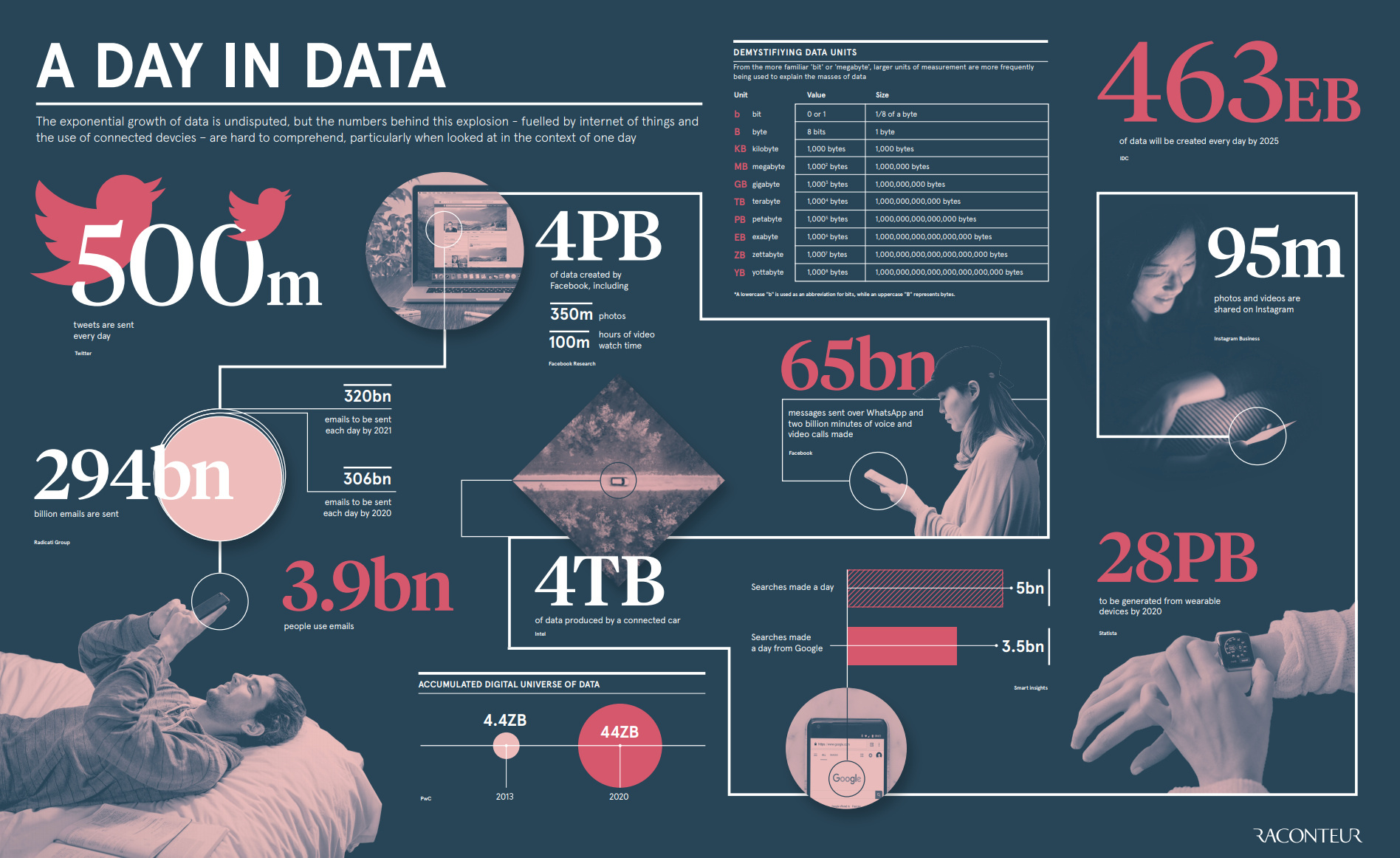
Some figures in sciences
Earth Observation Data
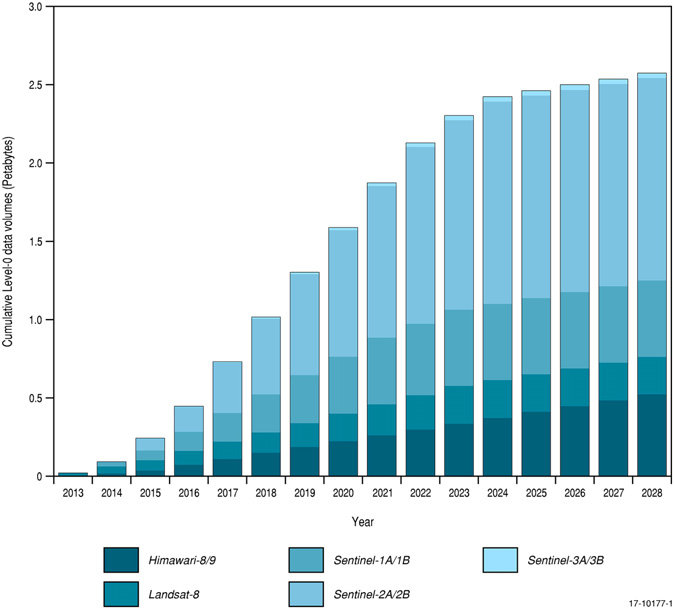
CERN
- The LHC experiments produce about 90 petabytes of data per year
- an additional 25 petabytes of data are produced per year for data from other (non-LHC) experiments at CERN
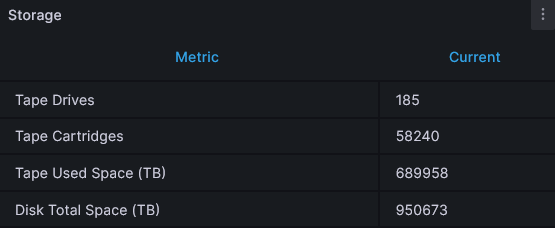
3V, 4V, 5V
What is Behind Big Data
Data
Volume, variety, multiple sources, internal, external…
Tools and technology
Store, Compute, Analyse: Calculators, Cloud, Hadoop, Spark, Dask
Visualize, Use: Applications, Web interfaces
Definition (Wikipedia)
Big data is a field that treats ways to analyze, systematically extract information from, or otherwise deal with data sets that are too large or complex to be dealt with by traditional data-processing application software.
Big data is where parallel computing tools are needed to handle data.
Not a technology.
Quizz
What is the estimated size of the global data sphere?
- Answer A: 175 Petabytes
- Answer B: 175 Exabytes
- Answer C: 175 Zetabytes
Answer link Key: bh
Quizz
Cite some V’s of Big Data (multiple choices):
- Answer A: Validation
- Answer B: Volume
- Answer C: Velocity
- Answer D: Voldemort
- Answer E: Variety
Answer link Key: zv
Legacy “Big Data” ecosystem
Blowing ecosystem
Hadoop & Map Reduce
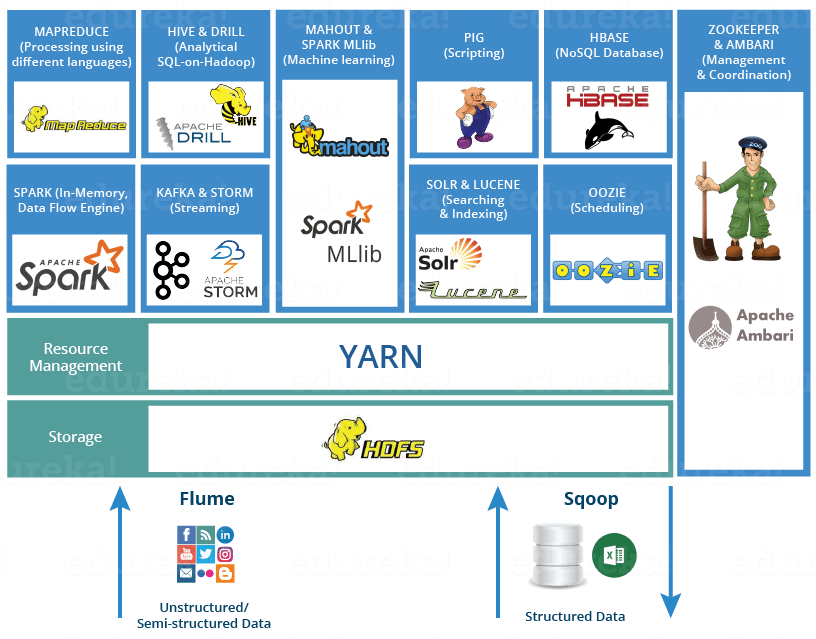
NoSQL (Not only SQL)
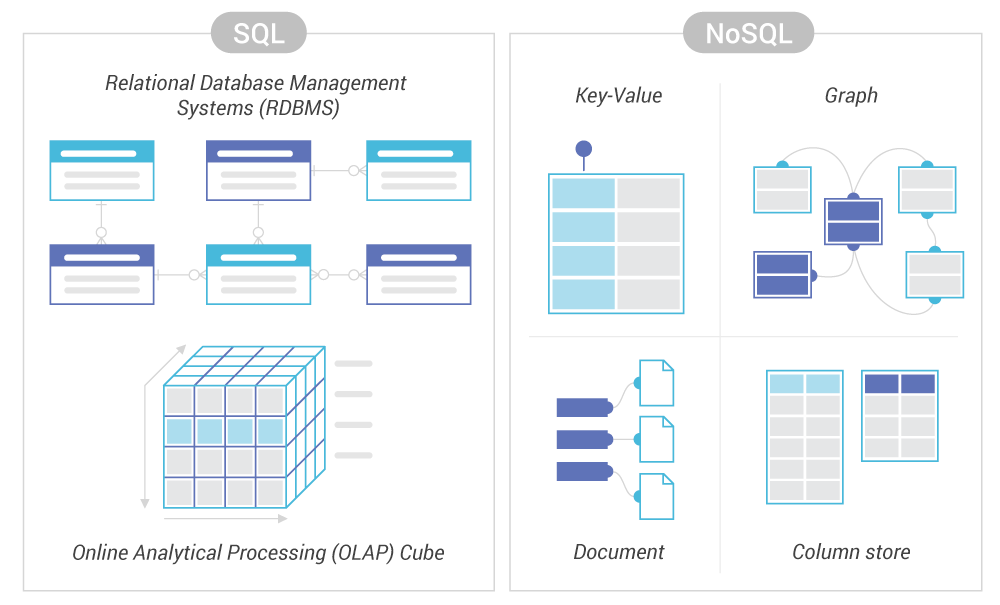
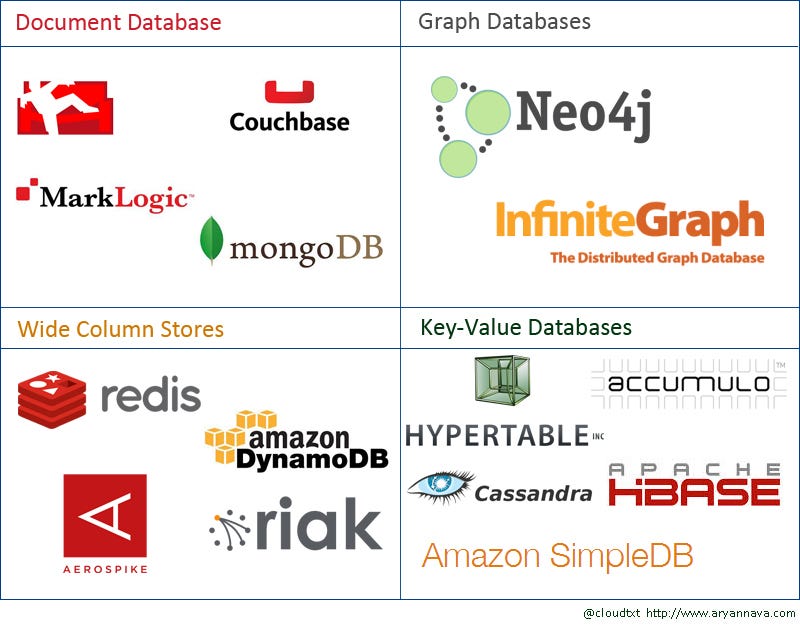
Logs, ETL, Time series

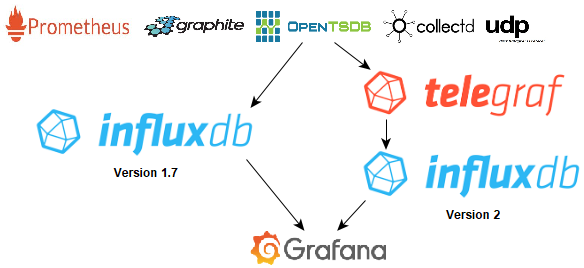

Dataviz
BI (softwares)

Python (libraries)

Data Science and Machine Learning

Quizz
Which technology is the most representative of the Big Data world?
- Answer A: Spark
- Answer B: Elasticsearch
- Answer C: Hadoop
- Answer D: Tensorflow
- Answer E: MPI (Message Passing Interface)
Answer link Key: ge
Big Data use cases
Typical Dataset (originally)
Huge amount of small objects:
- Billions of records
- KB to MB range
Think of:
- Web pages, and words into it
- Tweets
- Text files, where each line is a record
- IoT and everyday life sensors: a record per second, minute or hour.
Cost effective storage and processing
- Commodity hardware (standard servers, disks and network)
- Horizontal scalability
- Proximity of Storage and Compute
- Secure storage (redundancy or Erasure Coding)
Use cases:
- Archiving
- Massive volume handling
- ETL (Extract Transform Load)
Data mining, data value, data cross processing
Extract new knowledge and value from the data:
- Statistics,
- Find new Key Performance Indicators,
- Explain your data with no prior knowledge (Data Mining)
Cross analysis of internal and external data, correlations:
- Trends with news or social network stream and correlation to sales
- Near real time updates with Stream processing
Scientific data processing
Data production or scientific exploration:
- Stream processing, or near real time processing from sensor data
- Distributed processing of massive volume of incomming data on computing farm
- Data exploration and analysis
- Data Science
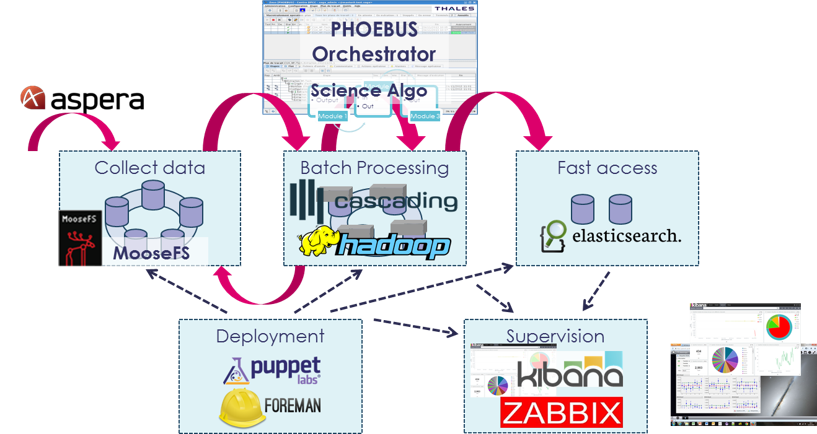

Other main use cases
- Digital twins
- Predictive maintenance
- Smart City
- Real time processing

Quizz
What is the typical volumes of scientific Datasets (multiple choices)?
- Answer A: MBs
- Answer B: GBs
- Answer C: TBs
- Answer D: PBs
- Answer E: EBs
Answer link Key: fr
Big Data to Machine Learning
Big Data ecosystem allows (part of) machine learning to be effective
- More data = more precise models
- Deep Learning difficult without large (possibly generated) input datasets
- Tools to collect, store, filter, index, structure data
- Tools to analyse and visualize data
- Real time model learning
https://blog.dataiku.com/when-and-when-not-to-use-deep-learning
Pre processing before machine learning
- Data wrangling and exploration
- Feature engineering: unstructured data to input features
- Cross mutliple data sources
- Get insights on the data before processing it (statistics, vizualisation)
Distribute datasets and algorithms
- For preprocessing as seen above
- Means to load and learn on large volumes by distributing storage
- Distributed learning with data locality on big datasets
- Distributed hyper parameter search

Quizz
Are Big Data and Machine Learning the same?
Answer link Key: dq